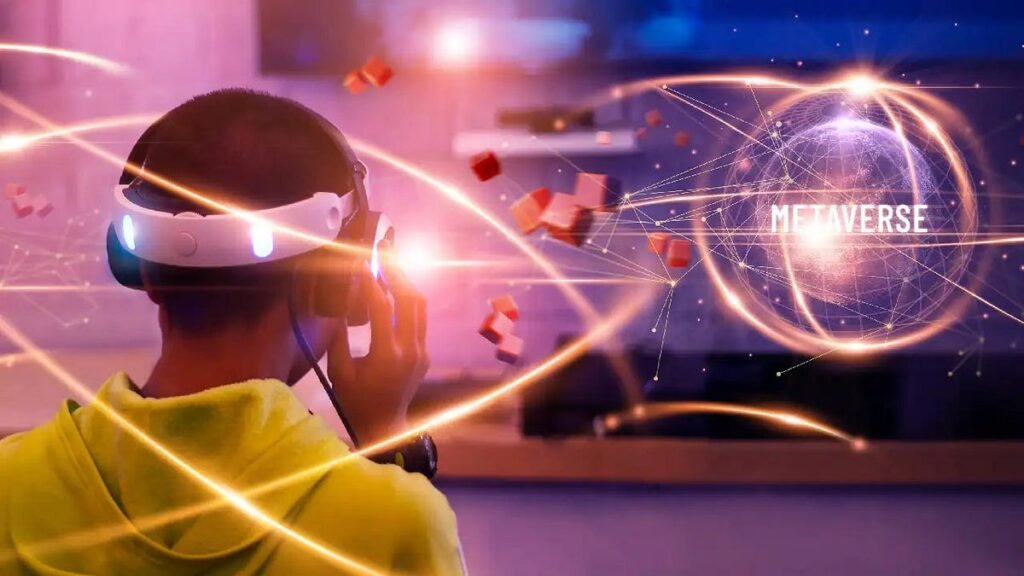Metaverse 2025: Tech behemoths Apple, Meta, and Google are sharpening their focus on the metaverse in 2025, each following different approaches to influence the direction of extended reality (XR).
Meta’s $100B VR/AR Investment by 2025
By the end of 2025, Meta is expected to have made cumulative investments in virtual and augmented reality exceeding $100 billion. This year is crucial for the company’s development of smart glass. With $19.9 billion spent last year and anticipations to boost investments even higher in 2025, Meta’s Reality Labs division set new investment highs. With a 60% increase in net income last year to $62.4 billion, Meta’s primary business in online advertising remains highly successful, despite rising expenses.
FoMeta has appointed former TikHub executive Shadi Nayyero to lead the new team in its Reality Labs division, aiming to create a robust metaverse ecosystem. Particularly with Meta’s virtual reality game, Horizon Worlds, and other metaverse applications, this team seeks to establish rapport with creators and developers. Nayyer intends to further these initiatives into augmented reality in the future.
In 2024, Apple unveils its mixed-reality headset, Vision Pro, globally. Through motion gestures, eye tracking, and speech recognition, the gadget seamlessly integrates digital content with the real world, enabling us to communicate effectively. The Vision Pro has struggled to achieve general commercial success despite its innovative qualities. To increase its market appeal, the firm is considering introducing more reasonably priced models.
Apple strategically acquired the AR helmet startup Mira, whose technology is utilised in the Mario Kart ride at Super Nintendo World. This purchase aims to enhance Apple’s augmented reality capabilities and advance the development of next-generation XR products.
Google’s XR Comeback
With its Android XR platform, created in partnership with Samsung and Qualcomm, Google has returned to the XR market. The platform supports WebXR, a Web standard for XR apps, therefore positioning Google alongside Meta and Apple in promoting AR and VR technologies. Reducing costs and extending battery life will be crucial challenges if we are to make these gadgets more widely accessible.

Google presented prototype augmented reality (AR) glasses and a new virtual reality (VR) helmet at the TED conference. Like classic spectacles, the AR glasses combine a small display with Google’s Gemini AI assistant. There were demonstrations of book scanning and real-time translation from Farsi to English. Like Apple’s Vision Pro, Google also showcased a mixed reality headset created in partnership with Samsung, which utilises pass-through video technology to blend real and digital environments seamlessly.
Shaping the Metaverse
Apple, Meta, and Google’s fresh attention on the metaverse marks a turning point in the development of XR technology. These businesses actively engage in research and development, which is likely to stimulate innovation and expansion in virtual reality (VR) and mixed reality (MR). The success of these platforms will largely depend on the cooperation of developers; early reactions seem to be favourable. The integration of open standards and web technologies is expected to enhance user experience and expand the XR application ecosystem.
The metaverse is likely to become a significant feature of digital interaction in the years to come as artificial intelligence integration advances, hardware capabilities improve, and a developing developer ecosystem results. The strategies and inventions of these tech behemoths will likely define the path of the metaverse as 2025 unfolds, thereby affecting human interaction with digital environments and one another.


